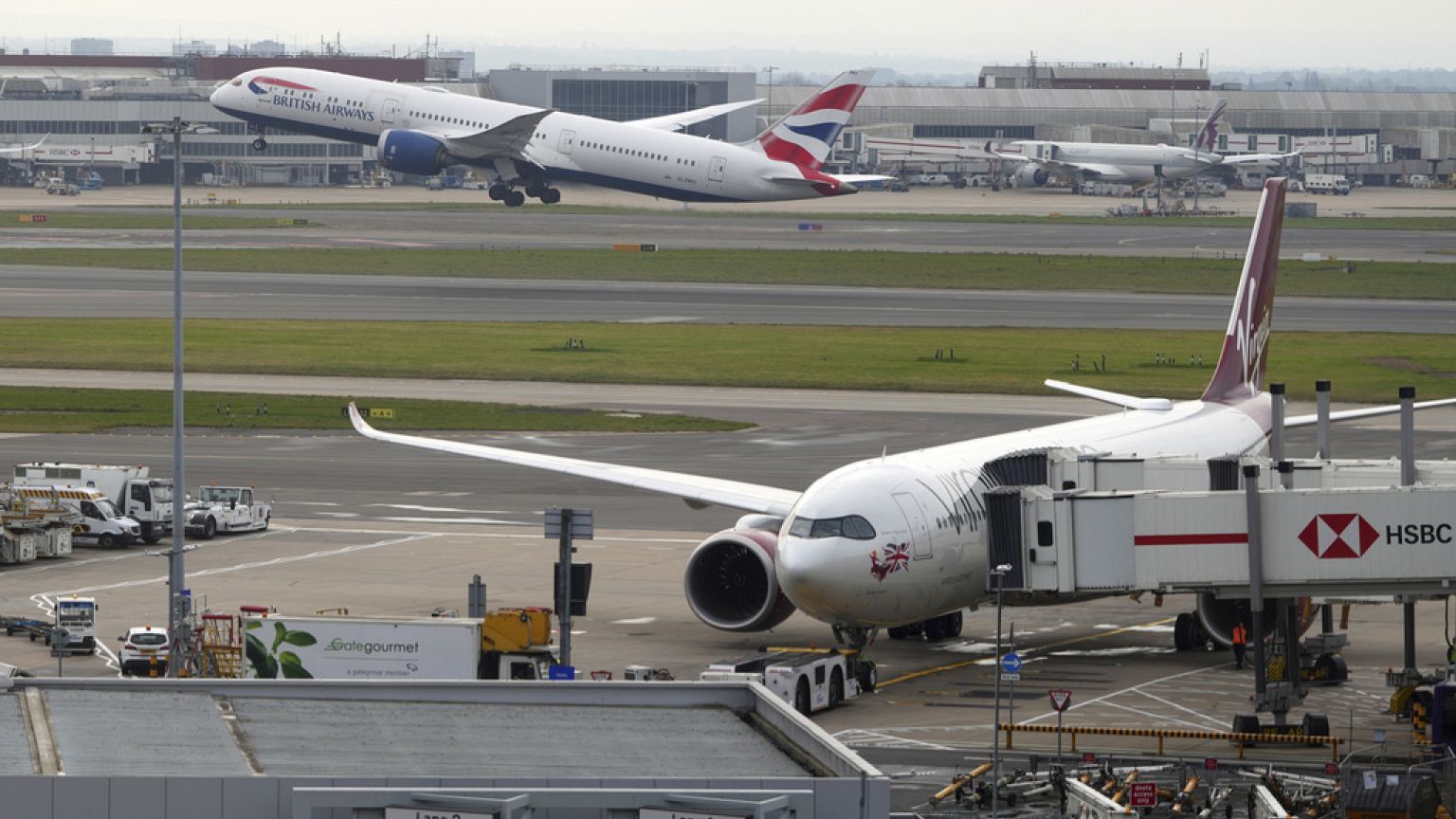
Introduction
Heathrow Airport, serving as London’s primary international airport, plays a pivotal role in the global aviation industry. It is not only a gateway for millions of travellers each year but also a significant contributor to the UK economy. However, as climate change and environmental concerns take centre stage, the airport has recognised the urgent need for sustainability. This article explores current sustainability initiatives at Heathrow and their importance in shaping the future of air travel.
Current Sustainability Initiatives
Recently, Heathrow Airport announced its commitment to achieving net zero carbon emissions by 2050. To reach this ambitious goal, the airport has laid out a comprehensive plan incorporating various strategies including electrification of ground operations, investment in renewable energy, and enhancement of public transport access.
One of the key initiatives includes the ongoing rollout of electric vehicles for airport operations, which aims to replace diesel-powered vehicles thus significantly reducing greenhouse gas emissions. As part of its sustainability strategy, Heathrow has also committed to increasing its use of solar energy. The airport currently houses one of the UK’s largest solar farms, which contributes to its energy needs and further reduces its carbon footprint.
Passenger Engagement and Community Involvement
Moreover, Heathrow is actively engaging passengers in its sustainability efforts. The airport is encouraging travellers to opt for more sustainable travel choices, such as taking public transportation to and from the airport. Initiatives like the ‘Heathrow Rewards’ programme reward passengers who choose eco-friendly transport modes, reinforcing the notion that every traveller has a role to play in reducing aviation’s impact on the environment.
The airport is also in collaboration with local communities to bolster green space around its premises, fostering biodiversity and improving local air quality. Environmental organisations and community groups are being consulted to ensure that Heathrow’s development aligns with ecological and community interests.
Challenges and Future Prospects
Despite these promising initiatives, Heathrow faces challenges in striking a balance between growth and sustainability. The increase in air traffic, particularly post-COVID-19 recovery, poses an ongoing dilemma. However, experts believe that with continued innovation and investment in sustainable technologies, airports can achieve a greener future.
Conclusion
As one of the world’s busiest airports, Heathrow’s sustainability initiatives are crucial for fostering a more eco-friendly aviation industry. The direction set by Heathrow not only has the potential to inspire other airports globally but is also a necessary step towards addressing the pressing issue of climate change. With continued community involvement and passenger engagement, Heathrow aims to redefine air travel within a framework of sustainability, ensuring that flying remains both accessible and environmentally considerate for future generations.
You may also like

The Impact of White Lotus on Environmental Tourism

Understanding Forest Green: Its Significance and Impact
